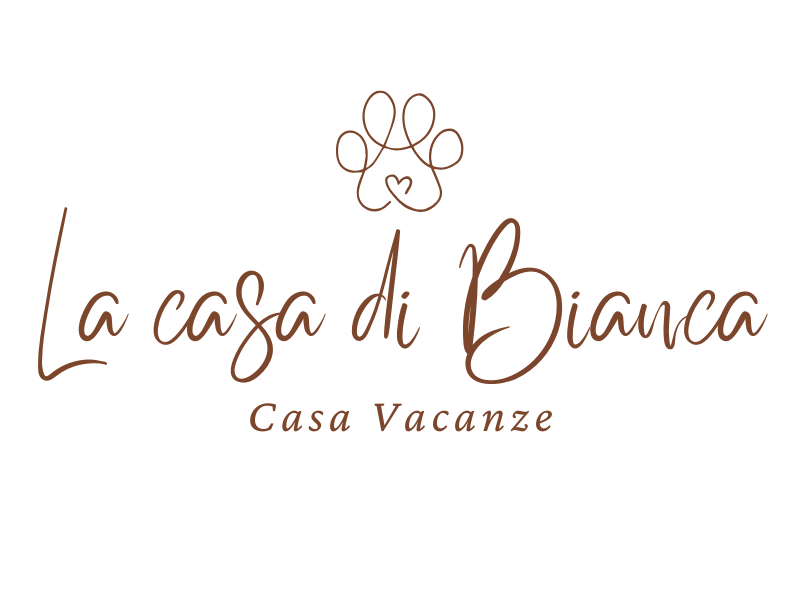Trieste what to see
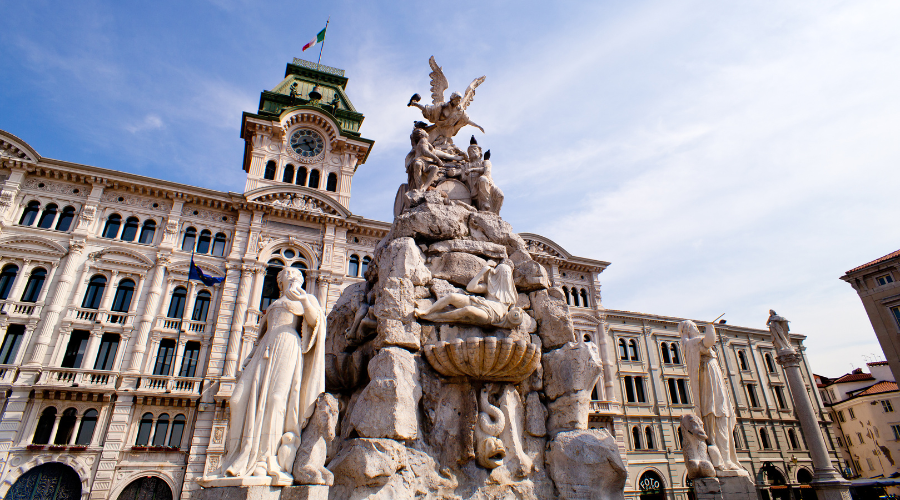
Piazza Unità
. Among the buildings that surround it, there are:
The Town Hall of Trieste, with its characteristic façade.
The Palace of the Regional Council of Friuli Venezia Giulia, seat of the regional government.
The Prefecture of Trieste, located in the historic Government Palace, decorated with mosaics that recall the Byzantine artistic tradition
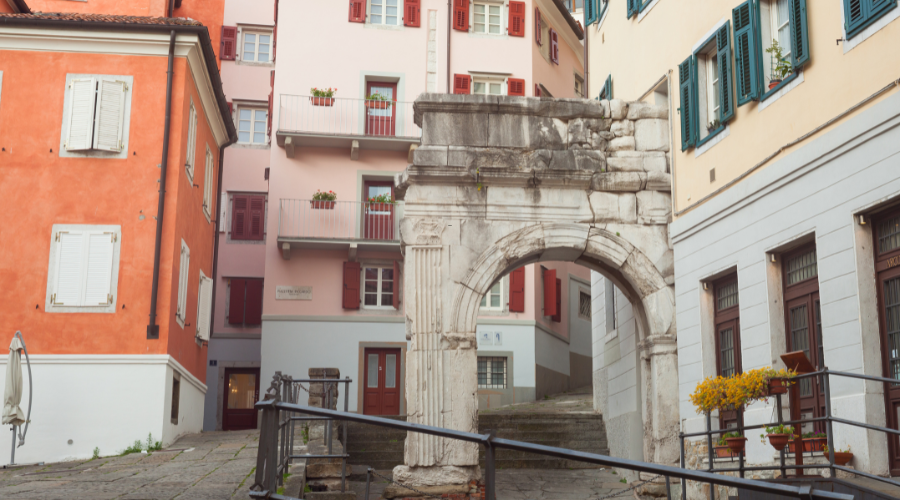
Arco di Riccardo
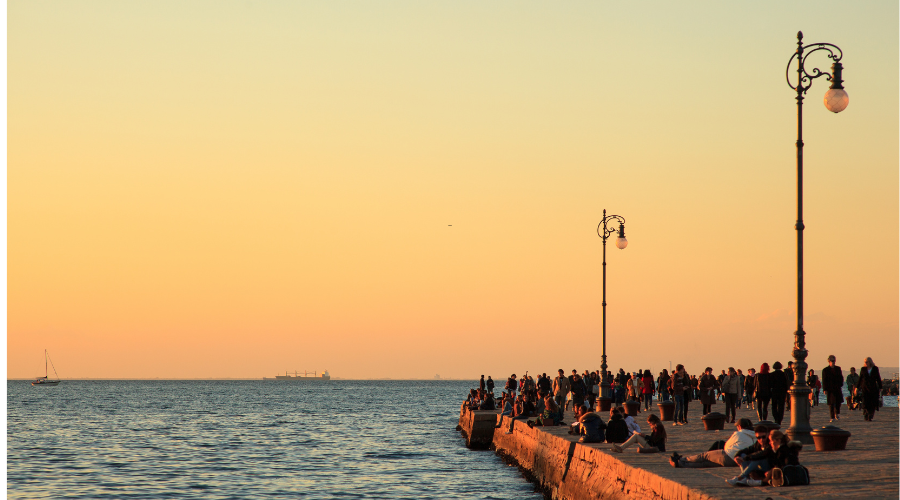
Molo Audace
Walk all the way to the end to see the compass rose. The statue of James Joyce was placed on the Red Bridge in 2004.
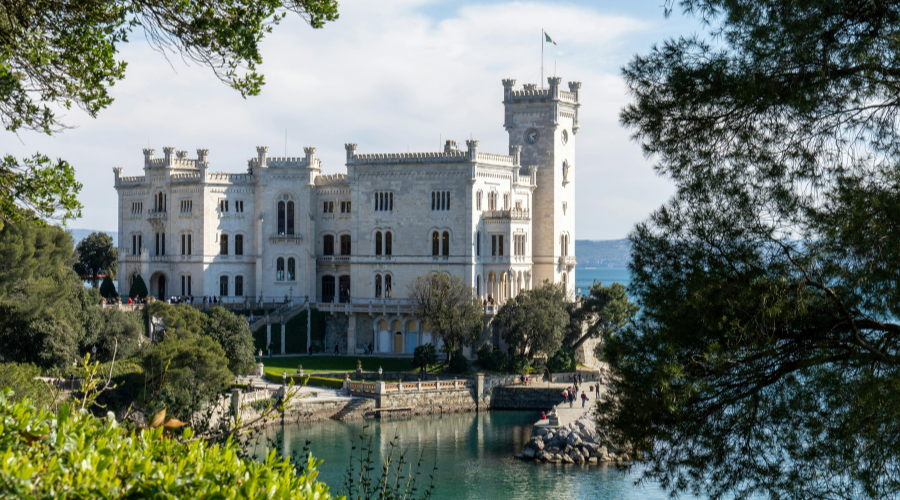
Castello di Miramare
It was built between 1856 and 1860 at the behest of Maximilian of Habsburg-Lorraine, Archduke of Austria, as a residence for himself and his consort, Charlotte of Belgium.
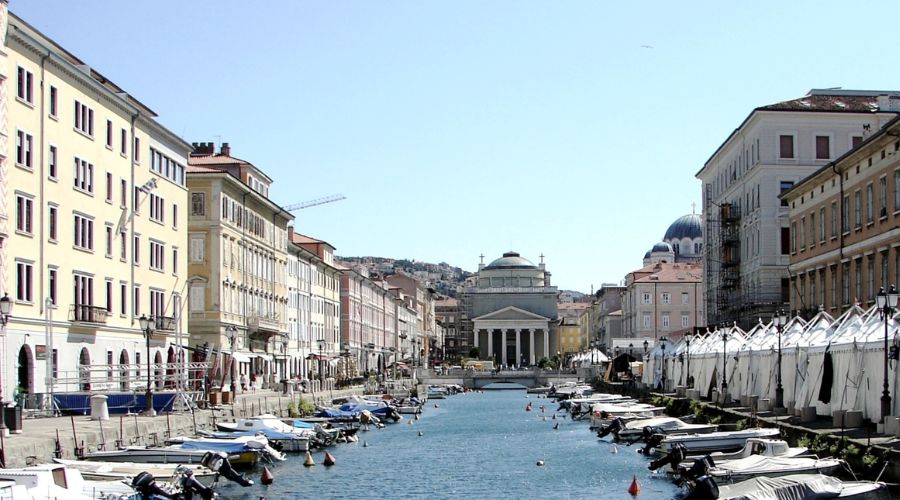
Canal grande e Ponterosso
The statue of James Joyce was placed on the Red Bridge in 2004.
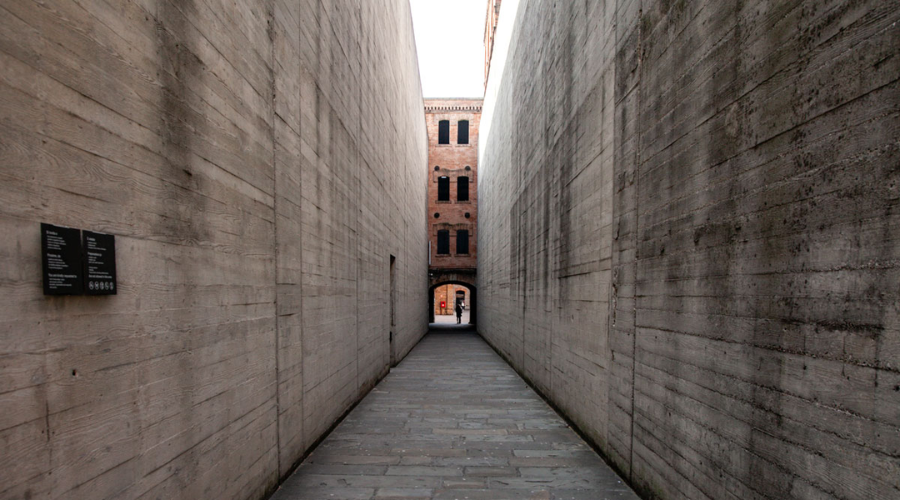
Risiera di San Sabba
It was a Nazi concentration camp established in Trieste officially as a police detention camp, the only one to be equipped with a crematorium in the whole of Italy
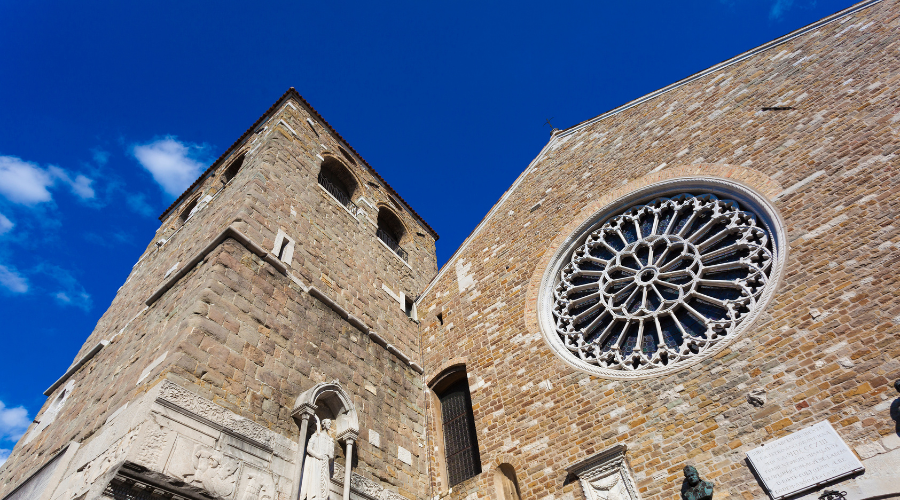
Castello e duomo di San Giusto
On the same hill we also find the castle of San Giusto which is certainly worth a visit.
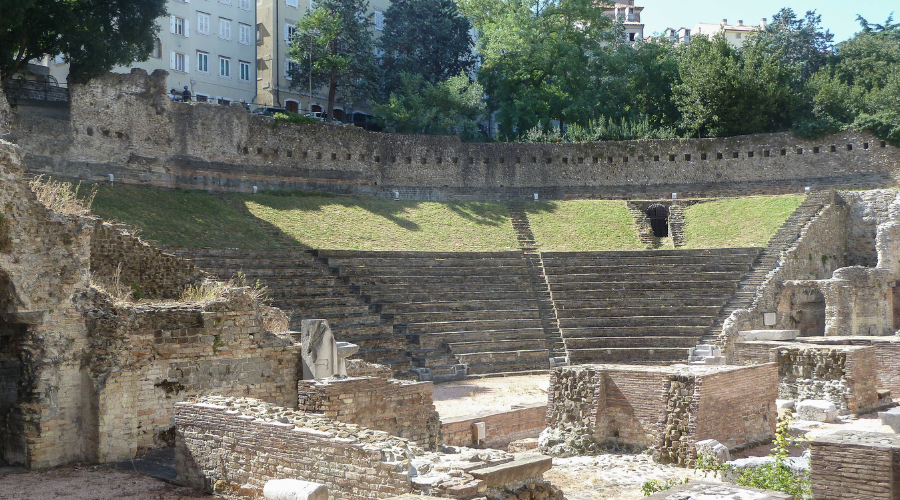
Teatro Romano
Built between the 1st and 2nd centuries AD, during the heyday of the Roman city of Tergeste, it could accommodate around 3,500 people.
The theater was brought to light in 1938 during some excavations, which revealed its historical and architectural importance.
Built using the natural slope of the hill, the theater was probably enriched by statues and decorations, some of which are today preserved at the Civic Museum of Trieste.
Today, the Roman Theater is visible in the center of the city and represents one of the most significant testimonies of Trieste's Roman past.
